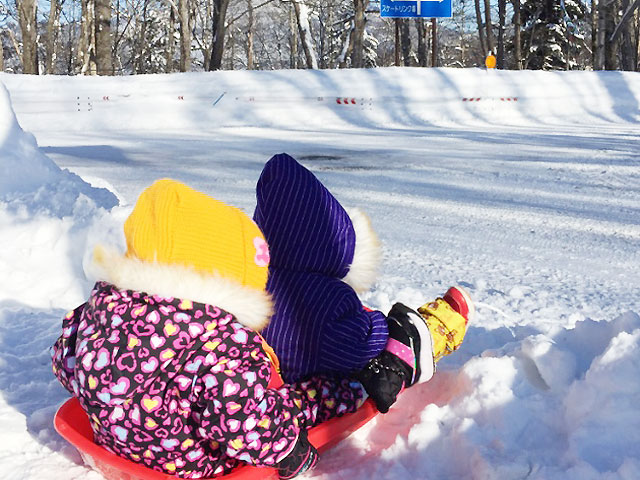 Before you come to Hokkaido, there is something I’d like you to know. I’d like you to know the ways in which snow affects people’s everyday life.
Before you come to Hokkaido, there is something I’d like you to know. I’d like you to know the ways in which snow affects people’s everyday life.
If you grew up in an area with no snow, Hokkaido in wintertime is full of wonder! Even if you have visited other places in Japan such as Tokyo, Osaka or Kyoto, Hokkaido in winter is a completely different world. Please use this article to prepare for your visit to Hokkaido.
Vice versa, if you grew up in an area with lots of snow, you may make some interesting observations. Some things may be different from your town, while some things are the same, so you’re in for a novel experience.
I live in Hokkaido with my family, and here I shall explain about everyday life on the island during the winter months.
1. Every traveler’s necessity in the winter: Winter Boots
When you live in an area with no snow, the soles of your shoes are probably not something you think about unless they have worn down. However, in the snowy winter wonderland where you are sometimes wading through snow, sometimes walking on slippery ice, you cannot get far wearing your summer shoes.
We wear winter boots that have thick outsoles with channels and bumps in the rubber. This prevents slips and falls even on an icy surface (to a certain extent).
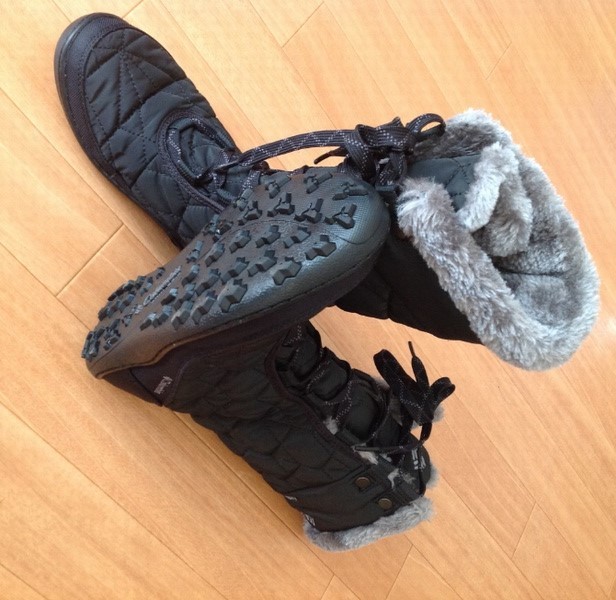
Women appreciate safety but not at the cost of style. No need to worry: the shoes sold in Hokkaido resemble shoes sold in other parts of Japan in fashion but have traction.
When people raised in Hokkaido visit Tokyo for the first time, they are sometimes surprised by people wearing the same shoes all year long. In Hokkaido wearing winter boots in the winter is a given.
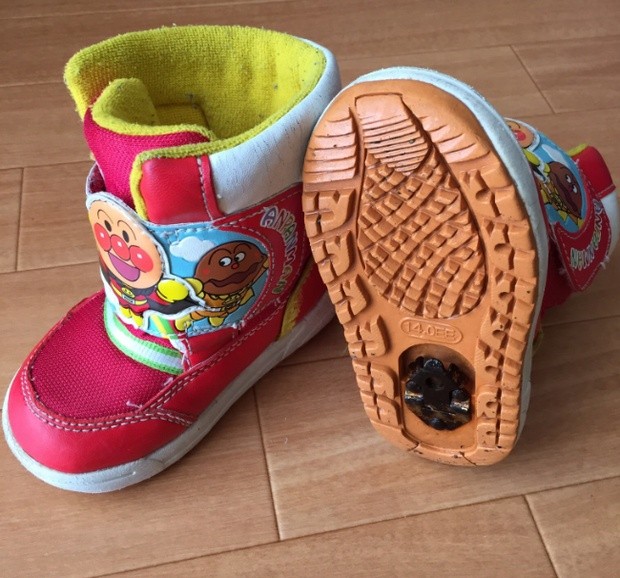
As seen in the picture, there are also winter boots made for children.
Even so, snowy and icy roads are slippery. Slipping out in the wild is alright, but slipping on a busy street is very dangerous. If you visit Hokkaido in the winter, make sure to watch your step and walk slowly until you get used to it.
There are also shoe covers available in case of sudden rain or snowfall. These are bags shaped like a boot. Wear them on top of your regular shoes to keep your feet dry. You can purchase them at Homemac (a large department store) for about 1000 yen.
2. Winter Clothes for Children
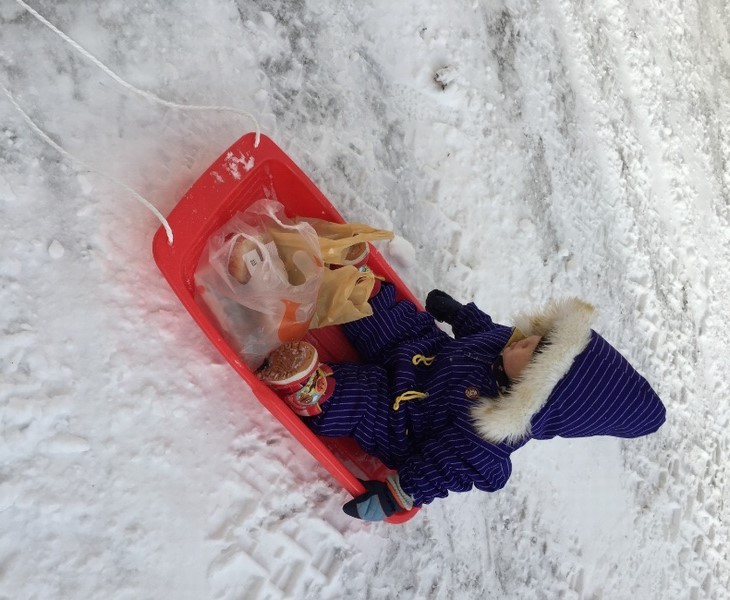 When it gets cold, adults will put on an extra layer of clothing before heading outside, but they don’t wear particularly thick clothes. Instead of thick sweatshirts or knits, many people even wear a t-shirt underneath their coats. This is perhaps because most people drive so they don’t spend a lot of time outside.
When it gets cold, adults will put on an extra layer of clothing before heading outside, but they don’t wear particularly thick clothes. Instead of thick sweatshirts or knits, many people even wear a t-shirt underneath their coats. This is perhaps because most people drive so they don’t spend a lot of time outside.
However, because children often play outside, they need proper winter gear. First of all is the coveralls. With a zipper starting from the leg, the coveralls cover the entire body, keeping you warm.  (Children’s outfit)
(Children’s outfit)
Coveralls are also extremely waterproof. In addition, children sport mittens, neck warmers and warm hats.
Children also wear winter boots. Children’s winter boots are similar to adults’ with thick soles and warm insoles. When babies have learned to walk, they will wear large winter boots in their little feet and struggle to walk in snow. It’s the most endearing sight. Gaiters are worn over the shoe to keep snow from getting inside the boot. Getting ready to go out can be quite a hassle.
By the way, baby strollers and three wheelers can’t be used in snow. This is where sleds come handy. Not only is sledding a fun activity, but many parents also use a sled to pull their child when going on errands. Some children even take a snooze on the way…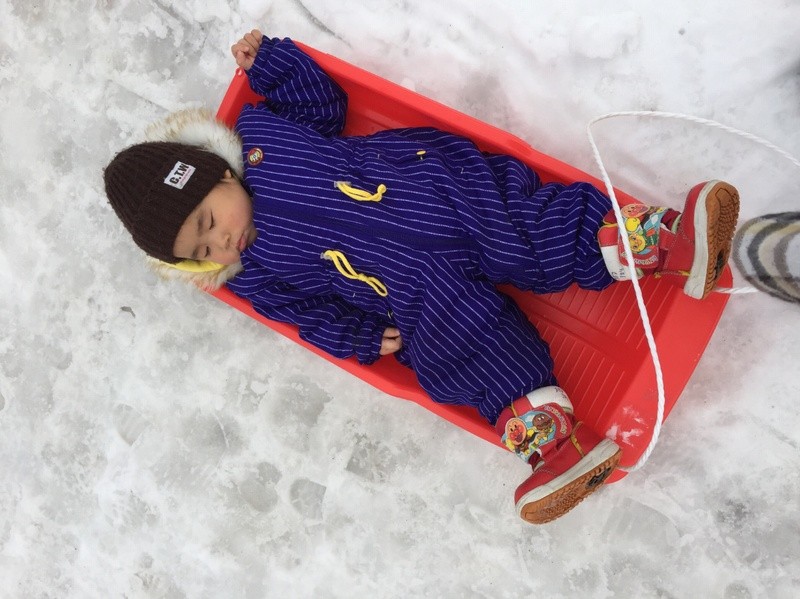
Thus children make friends with snow quite naturally.
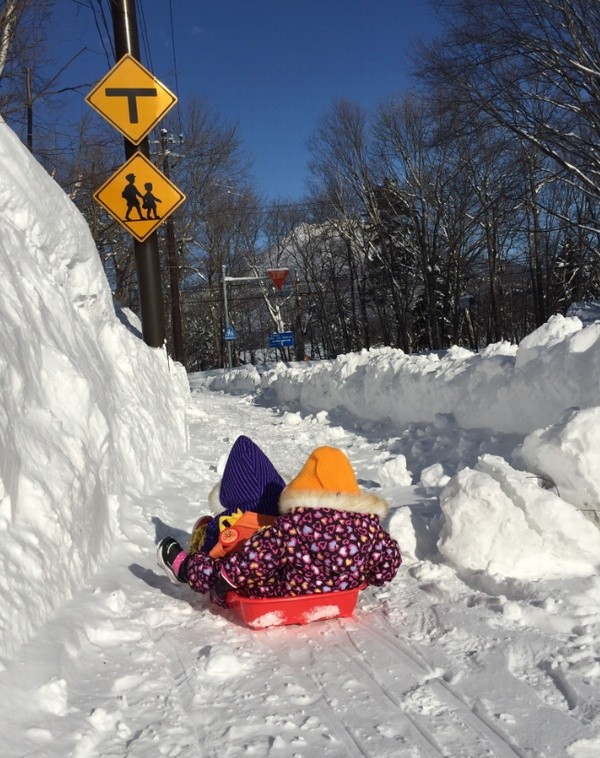
3. In Winter Subzero Is the Norm
Let’s say that a person from Hokkaido asked their friend what the temperature outside is. Even if it was -5 degrees outside, the answer would be 5 degrees with the minus omitted. Your body can tell whether it’s plus or minus degrees, so it goes without saying.
-5 degrees is not even considered “cold”. In fact, people will comment it being warm today. This is because it often gets down to -15 degrees in Hokkaido, excluding the southern part of the island.
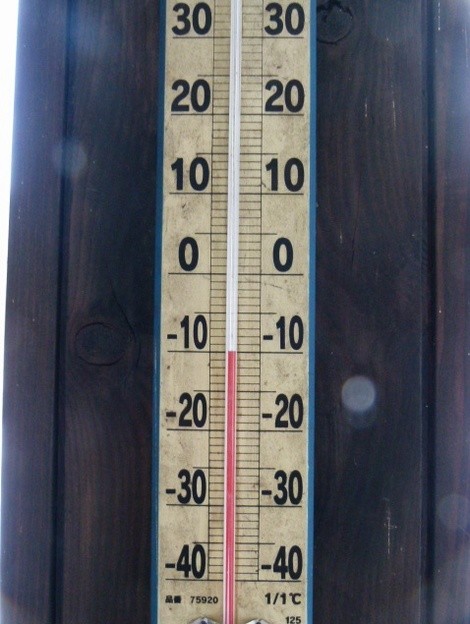 This is a photo of a warm day.
This is a photo of a warm day.
In September-Octoberish, the temperature in the morning and at night will start to drop below zero (afternoons are a bit warmer).
This continues until May. Because the temperature remains below zero half of the year, there is no need to explicitly clarify “minus”.
However, there is one surprise. This is the fact that Hokkaido natives don’t have increased cold tolerance. Hokkaido natives are just as sensitive to cold as the rest of Japan.
After getting home from the freezing cold, people immediately turn on their heaters. The constant use of heaters has lead to a strange situation where the consumption of ice cream is larger in the winter than in the summer.
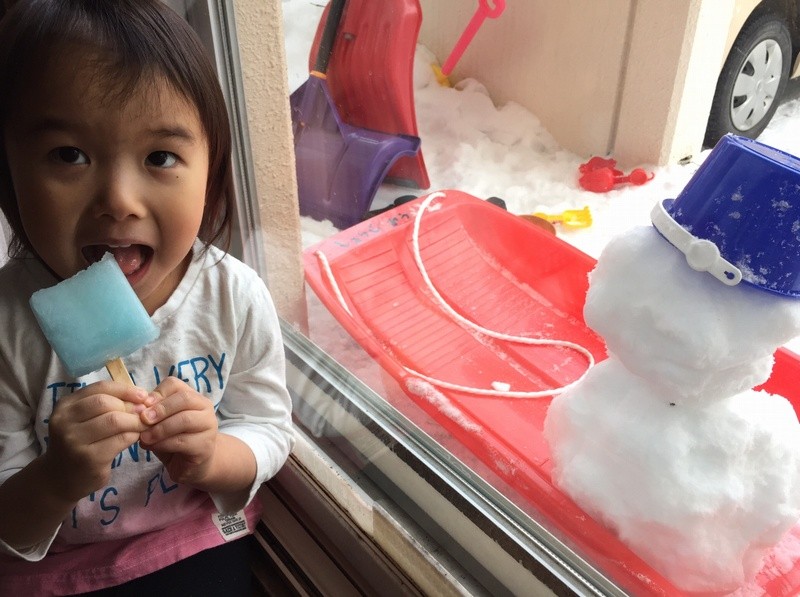
The elderly say how back in the old days your futon froze while you were sleeping. The winters of the past may have been more severe than today. However, thanks to home heaters, you don’t have to feel cold in your house anymore.
4. A peculiar thing often seen on the streets
1) What could this be?t
 This is an anti-snow wall.
This is an anti-snow wall.
In wide open spaces, crosswinds blow powdered snow into the air. This may cause a weather condition called whiteout in which everything appears white. This poses a threat to motorists when they cannot even see the cars driving before them. One may not even notice they are driving in the opposite lane, causing head-on collisions. Anti-snow walls are built to prevent whiteout conditions.
There are different types of anti-snow walls built according to the needs of the land. This invention captures the essence of Hokkaido with its vast lands of nothingness. It’s a bit in the way if you want to enjoy the view, but please bear with it.
2) What could this red arrow mean…?
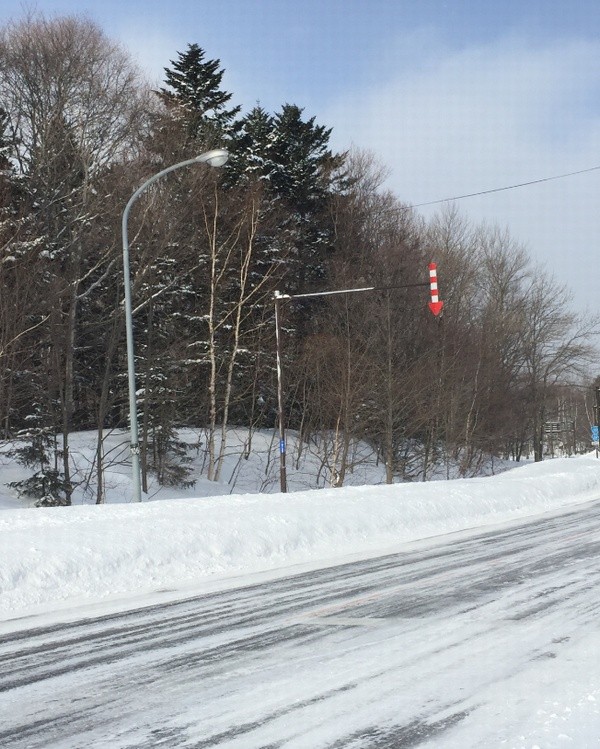
It is a fixed-post delineator also known as Yabane (“arrow feathers”). It can be difficult to tell where the road ends due to snowfall, so this arrow marks the shoulder of the road.
Motorists can be at ease knowing the road extends to below the arrow. Meanwhile, pedestrians can walk on the sidewalk by walking outside the arrow. The curb between a sidewalk and a road gets buried in snow, so these signs are very important to pedestrians, too.
Moreover, these signs are reflective or run on solar batteries. The light emitted by the signs illuminates roads with no street lamps (a common sight in Hokkaido) even in the summer.
3) Is it a Stevenson screen? A mailbox? No, in fact…
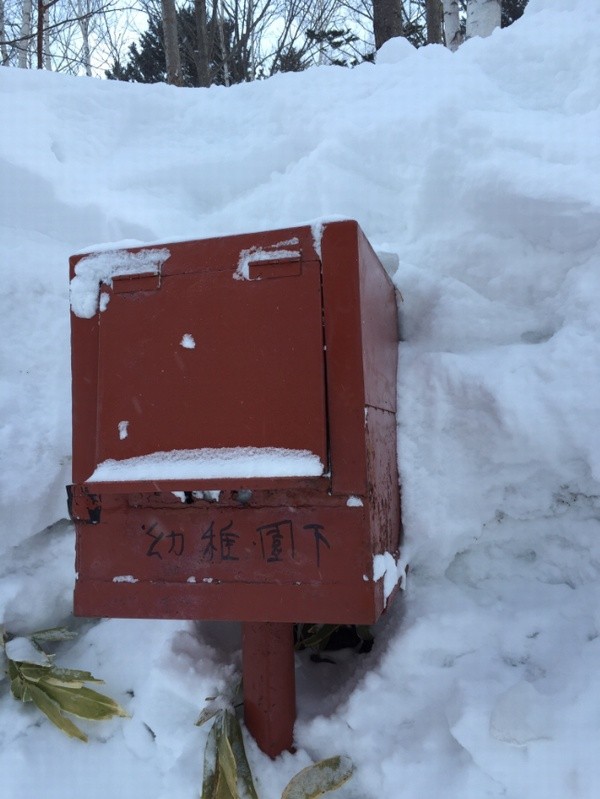
This box contains sand. When cars get stuck in mountain passes and mountain roads, sand is spread to the roads to provide traction. Boxes of sand for winter road maintenance can also be found at some pedestrian crossings. Sand is spread to make the road safer to walk on.
However, due to sand being spilled on the roads here and there throughout the winter, come spring the snow will melt, leaving the roads covered with sand. A passing truck can create a sandstorm. All the sand therefore has to be swept up in the spring to make the roads clean again.
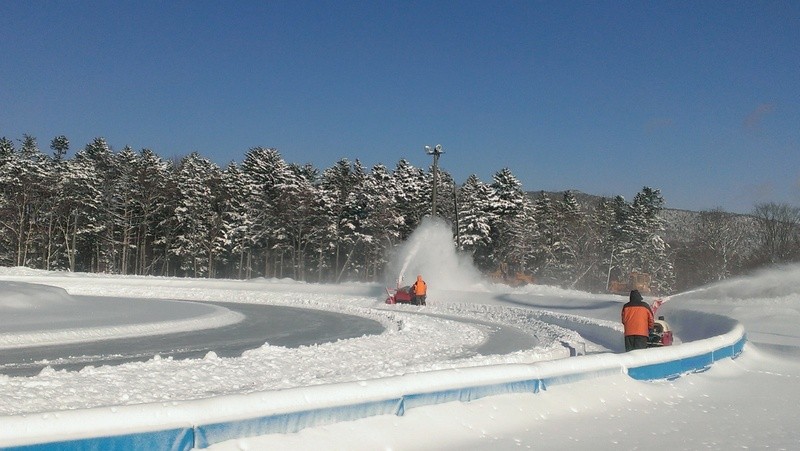 Winter road maintenance is taken seriously!
Winter road maintenance is taken seriously!
The most important thing
People living in Hokkaido are crazy about the weather report in the winter. Weather is part of small talk. Moreover, people are very knowledgeable about the weather conditions in specific locations.
“Increasing wind speeds and snowfall starting at xx.”
“Avoid going out tomorrow due to a blizzard in xx.”
“Today the temperatures will rise above zero. Snow will melt. However, temperatures will drop again tomorrow so roads will freeze over. Must be careful when driving tomorrow.”
And the like.
In short, people are very informed about the road conditions of each day with the day’s drive in mind. Moreover, they also check the weather report for their destination.
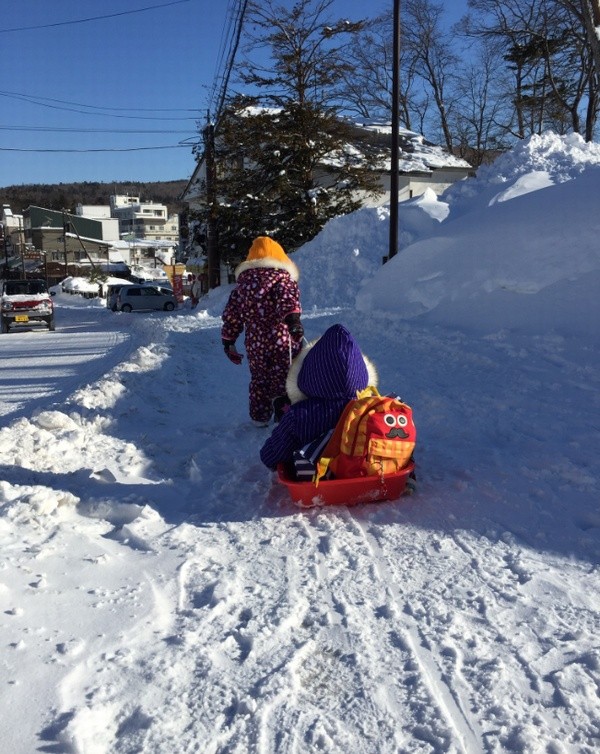





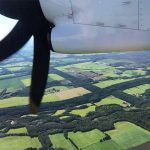
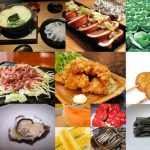
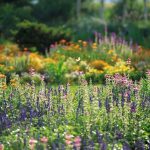
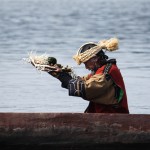
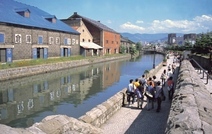
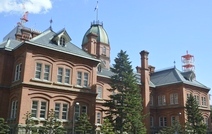

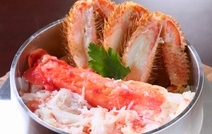


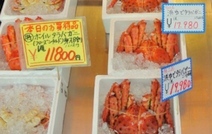

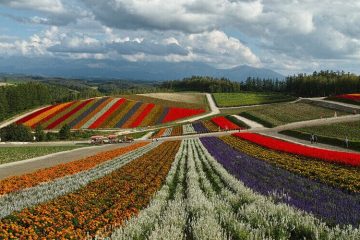
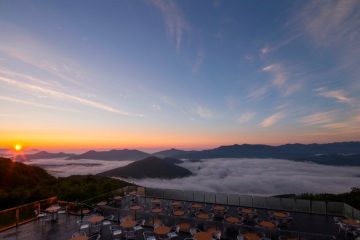
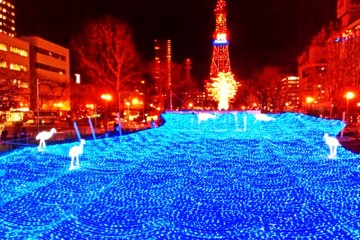
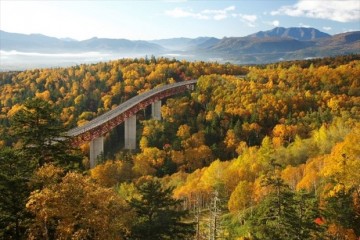





Please comment